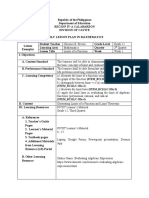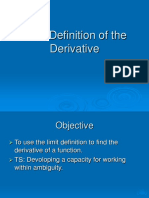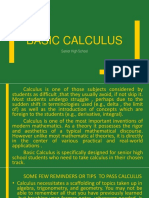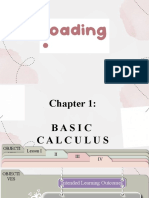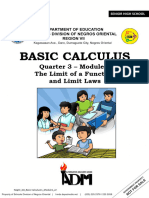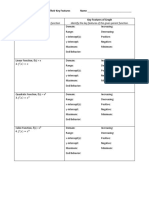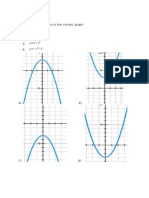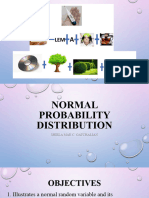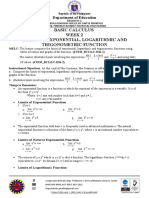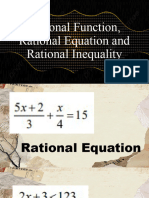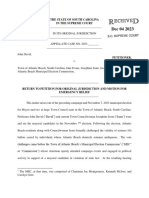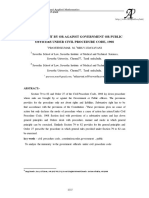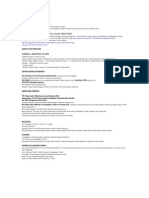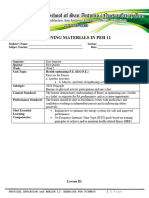0% found this document useful (0 votes)
164 views128 pagesBasic Calculus Chapter 1 Limits
The document discusses limits and continuity in calculus, including definitions of limits, limit theorems, and examples of evaluating limits of functions like polynomials, rational functions, and radicals. Specific topics covered include the difference between the limit of a function and its actual value, illustrating limit theorems to directly evaluate limits, and applying limit properties to algebraic functions.
Uploaded by
Brent Nillas ZuñigaCopyright
© © All Rights Reserved
We take content rights seriously. If you suspect this is your content, claim it here.
Available Formats
Download as PDF, TXT or read online on Scribd
0% found this document useful (0 votes)
164 views128 pagesBasic Calculus Chapter 1 Limits
The document discusses limits and continuity in calculus, including definitions of limits, limit theorems, and examples of evaluating limits of functions like polynomials, rational functions, and radicals. Specific topics covered include the difference between the limit of a function and its actual value, illustrating limit theorems to directly evaluate limits, and applying limit properties to algebraic functions.
Uploaded by
Brent Nillas ZuñigaCopyright
© © All Rights Reserved
We take content rights seriously. If you suspect this is your content, claim it here.
Available Formats
Download as PDF, TXT or read online on Scribd
/ 128
